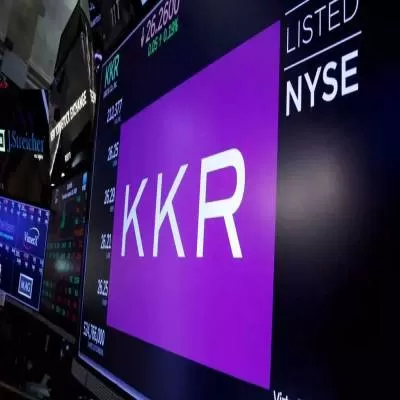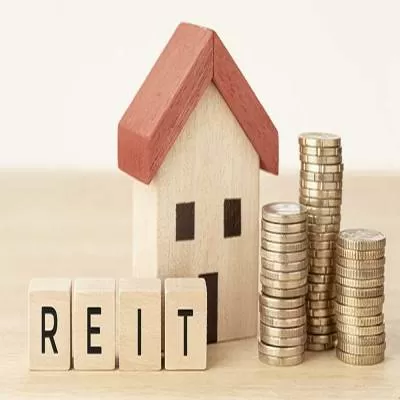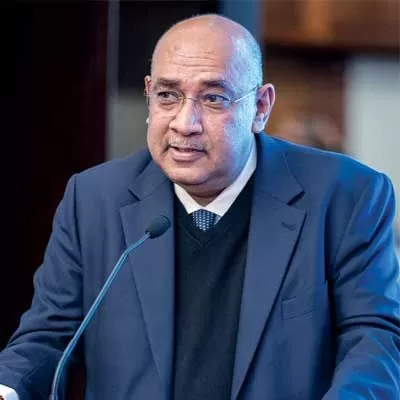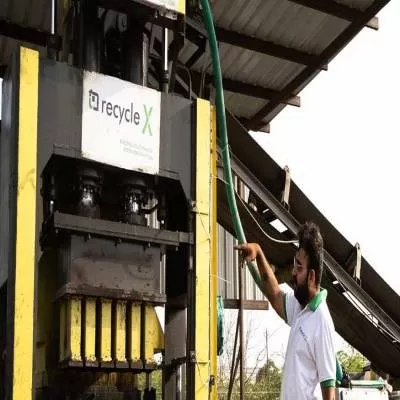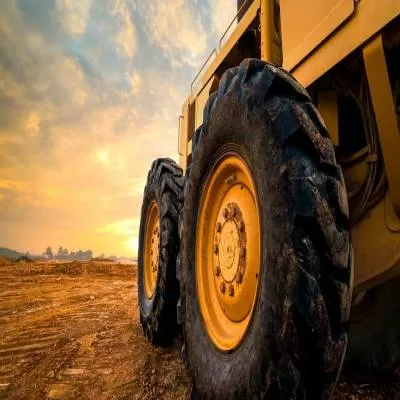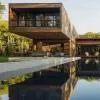- Home
- Infrastructure Urban
- ECONOMY & POLICY
- We plan to complete the project´s first phase (sub-cluster 1 and 3) in about three years

We plan to complete the project´s first phase (sub-cluster 1 and 3) in about three years
The Government of India recognised Mumbai´s 100-year-old Bhendi Bazaar´s urban renewal plan as a ´National Best Practice Project´.
The plan received the IOD (Intimation of Disapproval) and Commencement Certificate (CC) for the first phase and overall master plan layout approval from the Municipal Corporation of Greater Mumbai. Master highlights the current development and benefits of this project.
Progress and current development: The year 2015 witnessed major developments on the project: IOD, commencement certificate for sub-cluster 1 and 3, approval on master layout and commencement of construction work on first phase of the project. In 2016, people of Bhendi bazaar will see their dream being transformed into a reality with new towers rising from the ground. More than 1,700 residential tenants have already moved to transit homes and are experiencing a stark difference in quality of life. Over 400 commercial tenants have also been vacated from Bhendi Bazaar to ease construction process.
Cluster development policy and set targets for the project: Last year, the Maharashtra Government passed the new cluster development policy for Mumbai. Under the new DCR 33 (9) policy, if a developer acquires 70 per cent landlordship, the state government will intervene to acquire the balance portion from the non-cooperating owners. This came as a major boost to most cluster redevelopment projects including ours. In terms of timelines, we plan to complete the first phase of the project (sub-cluster 1 and 3) in about three years and the overall completion would take about eight to ten years.
Innovative plans: The 16.5 acre plot will be divided into nine sub-clusters with buildings oriented such that it maximises air circulation and natural lighting. There will be open areas, green spaces, and play and recreational facilities. Wide roads will replace the narrow and congested lanes and the area will have its own environmentally sustainable practices such as solar-powered lights in streets and public areas, sewage treatment plant, rainwater harvesting unit, waste management mechanism, more than 700 trees and shrubs to improve air quality, and energy-efficient power fittings in all flats.
Abbas Master, CEO, SBUT The Government of India recognised Mumbai´s 100-year-old Bhendi Bazaar´s urban renewal plan as a ´National Best Practice Project´. The plan received the IOD (Intimation of Disapproval) and Commencement Certificate (CC) for the first phase and overall master plan layout approval from the Municipal Corporation of Greater Mumbai. Master highlights the current development and benefits of this project. Progress and current development: The year 2015 witnessed major developments on the project: IOD, commencement certificate for sub-cluster 1 and 3, approval on master layout and commencement of construction work on first phase of the project. In 2016, people of Bhendi bazaar will see their dream being transformed into a reality with new towers rising from the ground. More than 1,700 residential tenants have already moved to transit homes and are experiencing a stark difference in quality of life. Over 400 commercial tenants have also been vacated from Bhendi Bazaar to ease construction process. Cluster development policy and set targets for the project: Last year, the Maharashtra Government passed the new cluster development policy for Mumbai. Under the new DCR 33 (9) policy, if a developer acquires 70 per cent landlordship, the state government will intervene to acquire the balance portion from the non-cooperating owners. This came as a major boost to most cluster redevelopment projects including ours. In terms of timelines, we plan to complete the first phase of the project (sub-cluster 1 and 3) in about three years and the overall completion would take about eight to ten years. Innovative plans: The 16.5 acre plot will be divided into nine sub-clusters with buildings oriented such that it maximises air circulation and natural lighting. There will be open areas, green spaces, and play and recreational facilities. Wide roads will replace the narrow and congested lanes and the area will have its own environmentally sustainable practices such as solar-powered lights in streets and public areas, sewage treatment plant, rainwater harvesting unit, waste management mechanism, more than 700 trees and shrubs to improve air quality, and energy-efficient power fittings in all flats.



